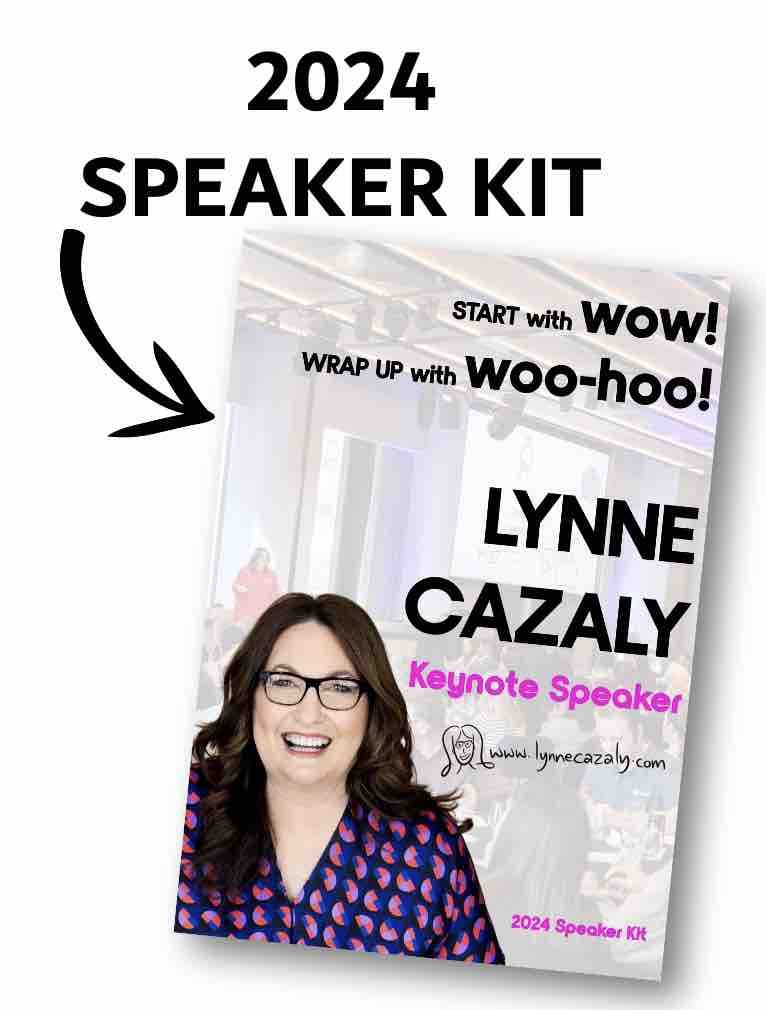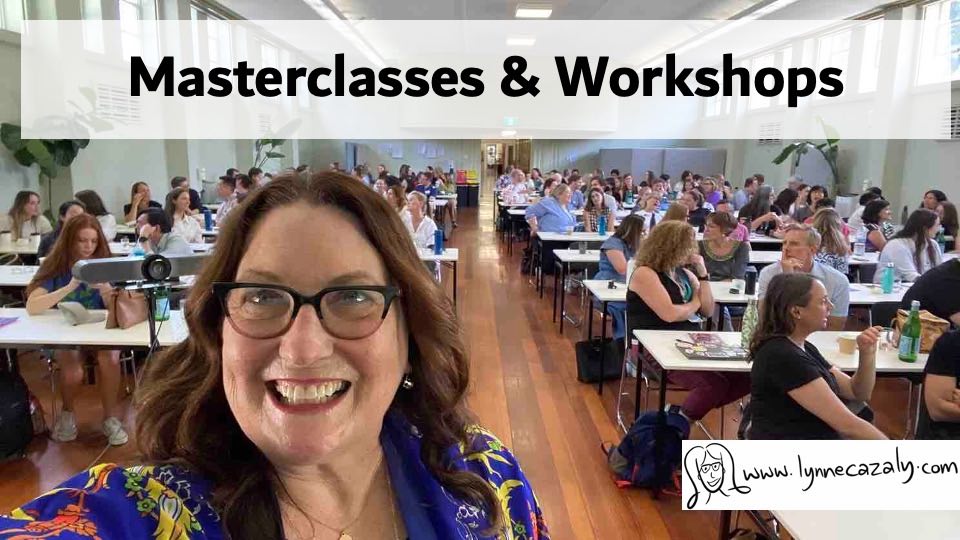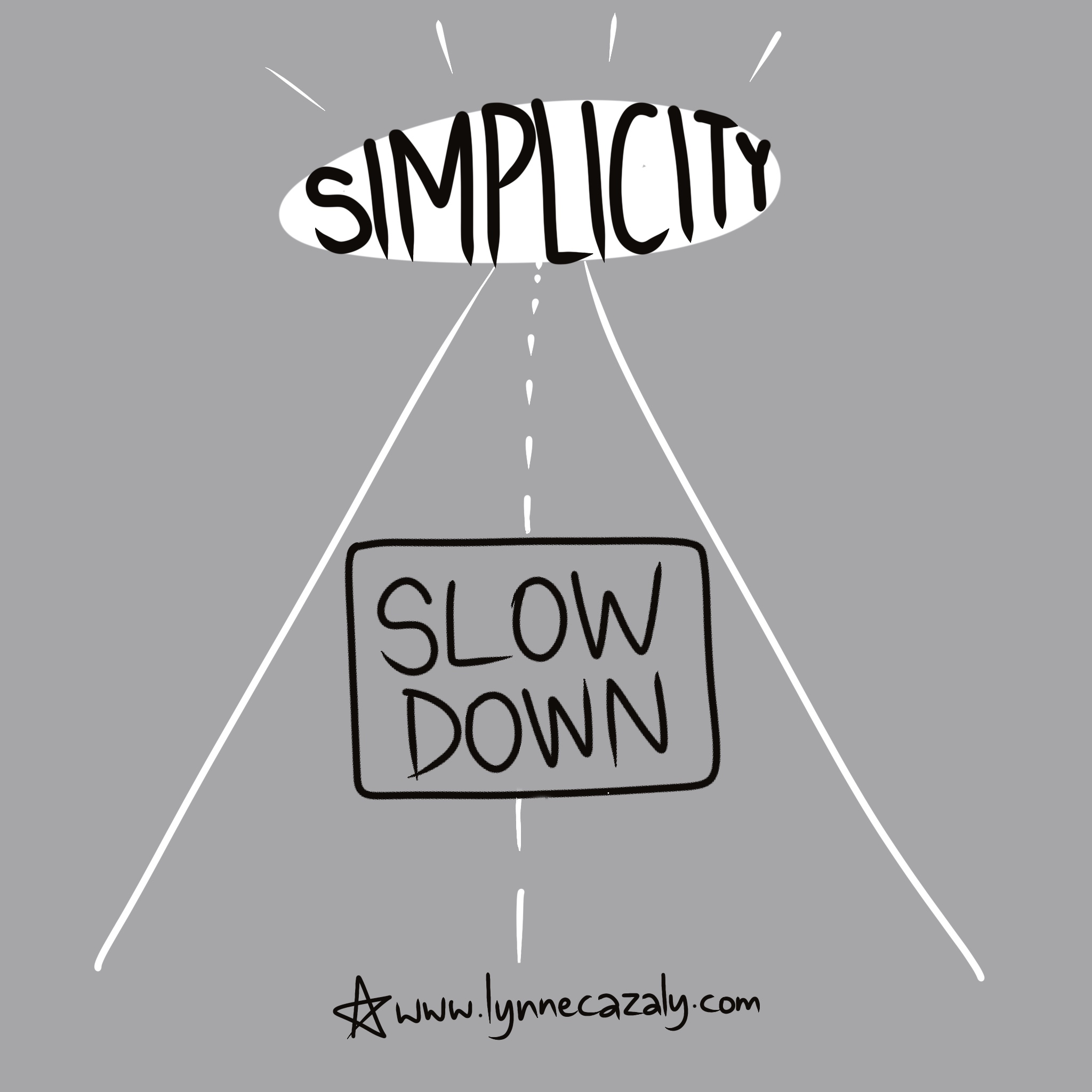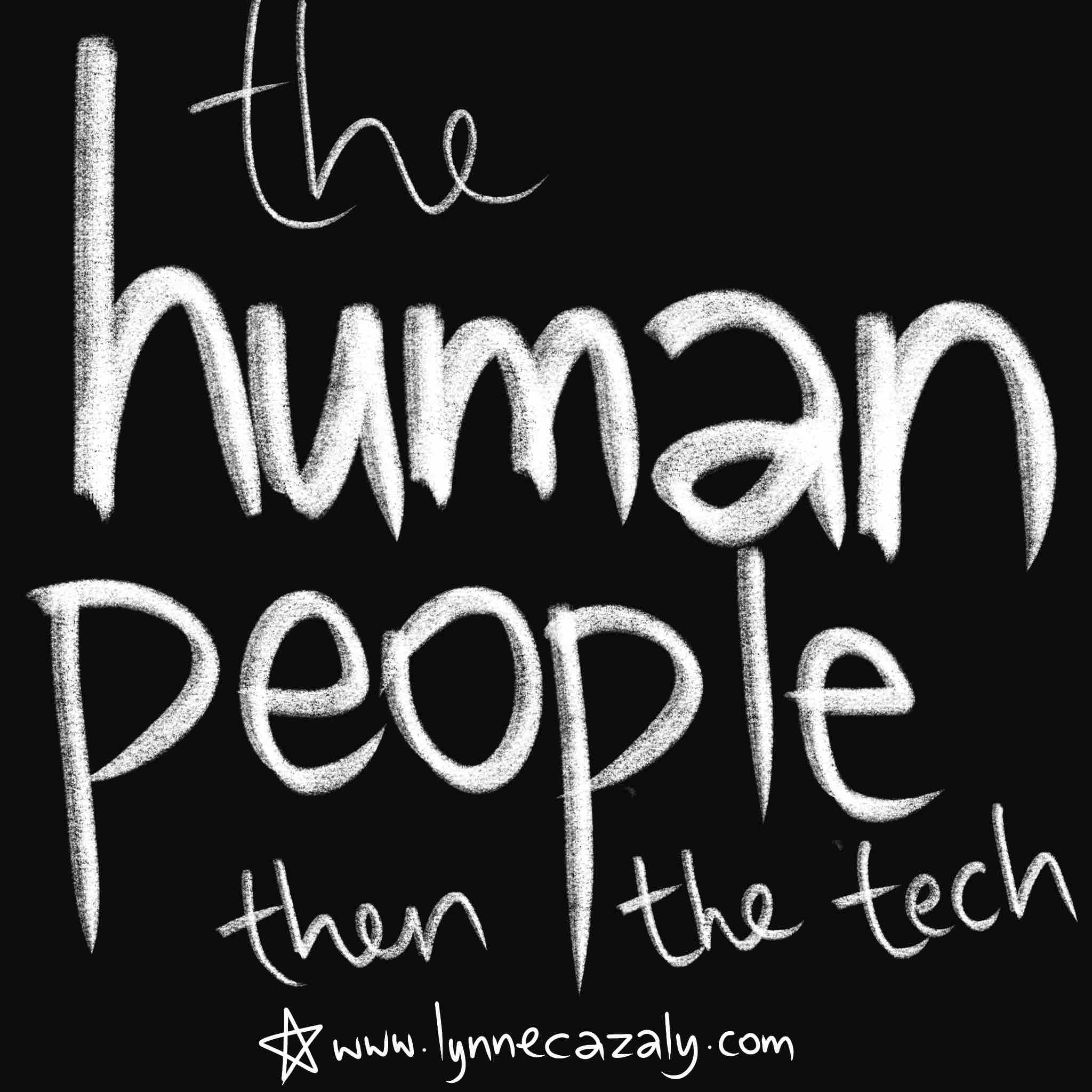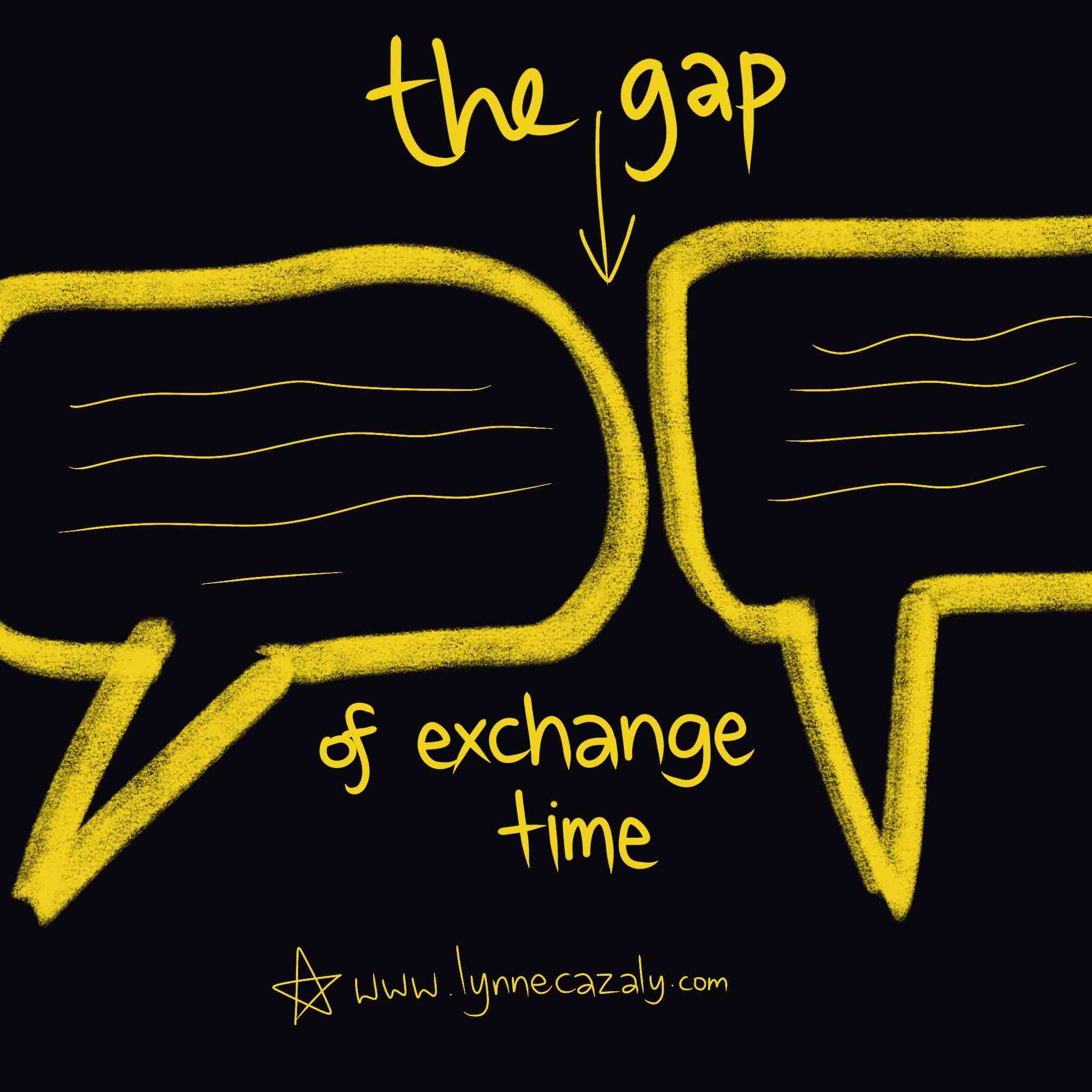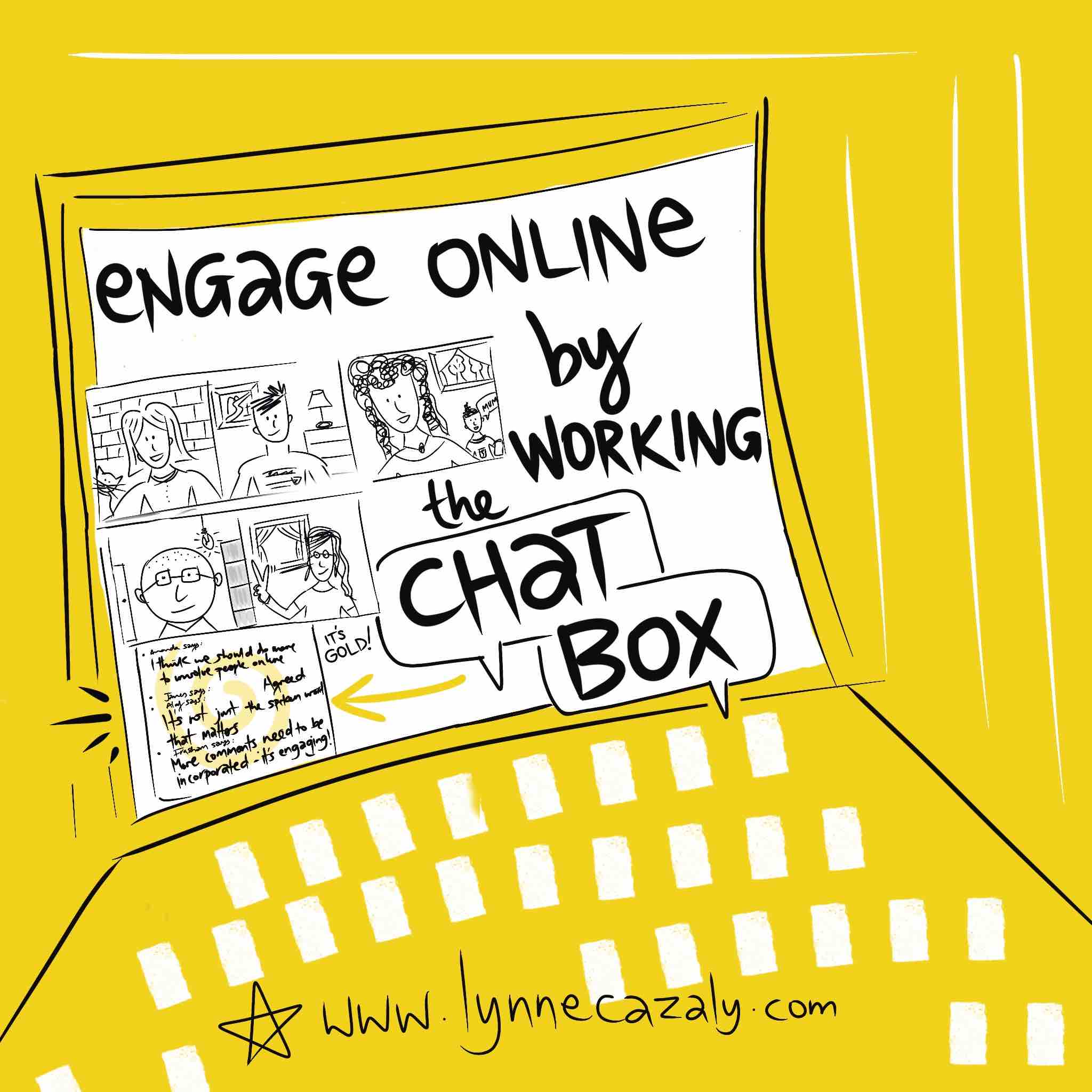Build engagement slowly
 Monday, May 25, 2020 at 9:43AM
Monday, May 25, 2020 at 9:43AM 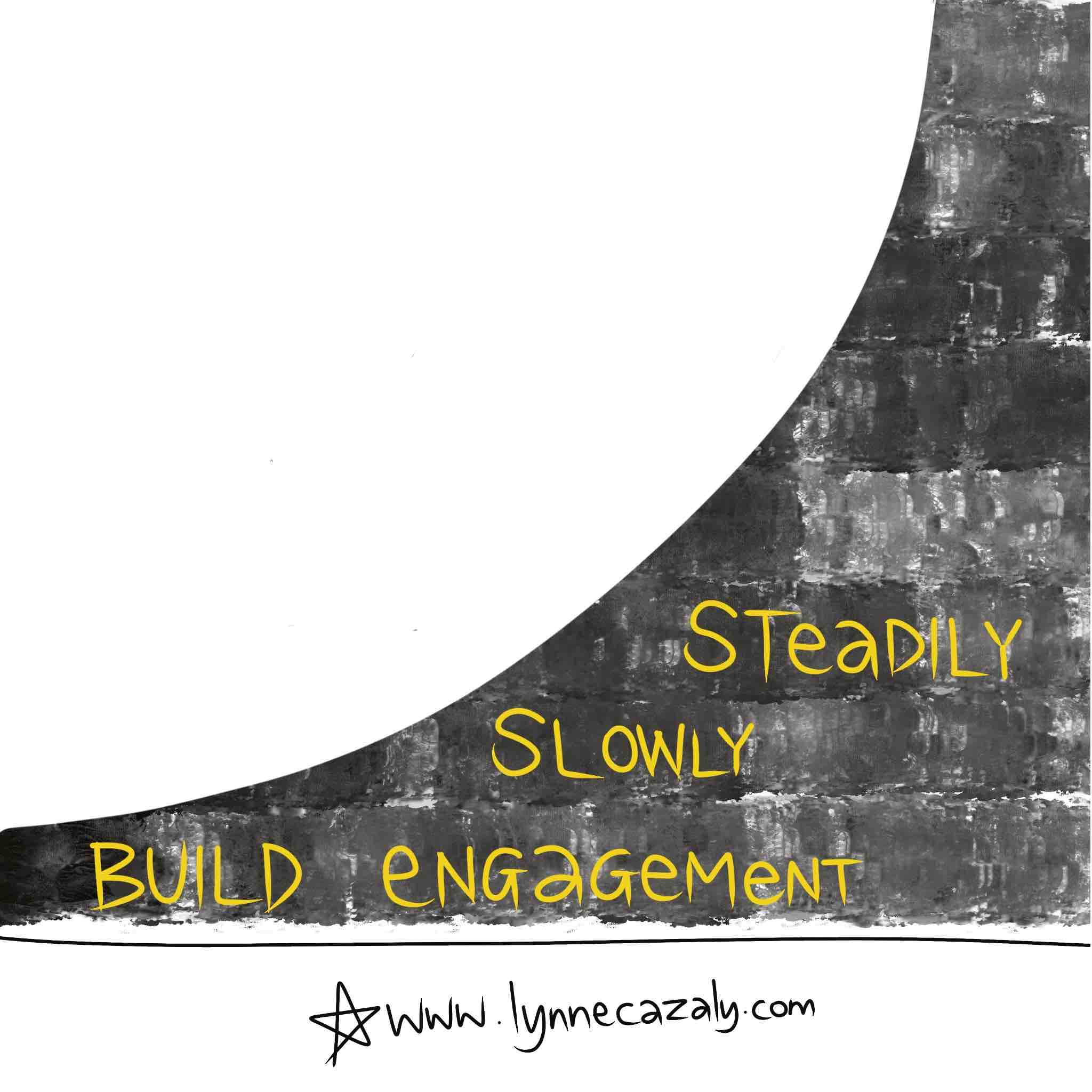 Starting with a bang in a meeting may seem like the way to get people’s attention - but the reverse can also be true. As we join the next meeting in our diary, we bring with us a hangover from the previous one.
Starting with a bang in a meeting may seem like the way to get people’s attention - but the reverse can also be true. As we join the next meeting in our diary, we bring with us a hangover from the previous one.
The previous meeting could have been overwhelming with too much information, or frustrating in how decisions weren’t made. It could have been time wasting or unclear or .... highly entertaining, interactive and uplifting!
Every meeting leaves us with a kind of hangover that we need to unload or process. The guide then for facilitating or leading better meetings is to build engagement s-l-o-w-l-y. Slow and steady style.
That means:
> Not putting people on the spot at the start, or ever
> Not making them look foolish, and
> Not making them wrong.
It’s easy to put people off or get them offside in meetings - online or otherwise Ramp or build engagement with participants slowly, steadily ... even if you’re in a hurry to make things happen. There is plenty going on for people. Lead meeting speed safely.

